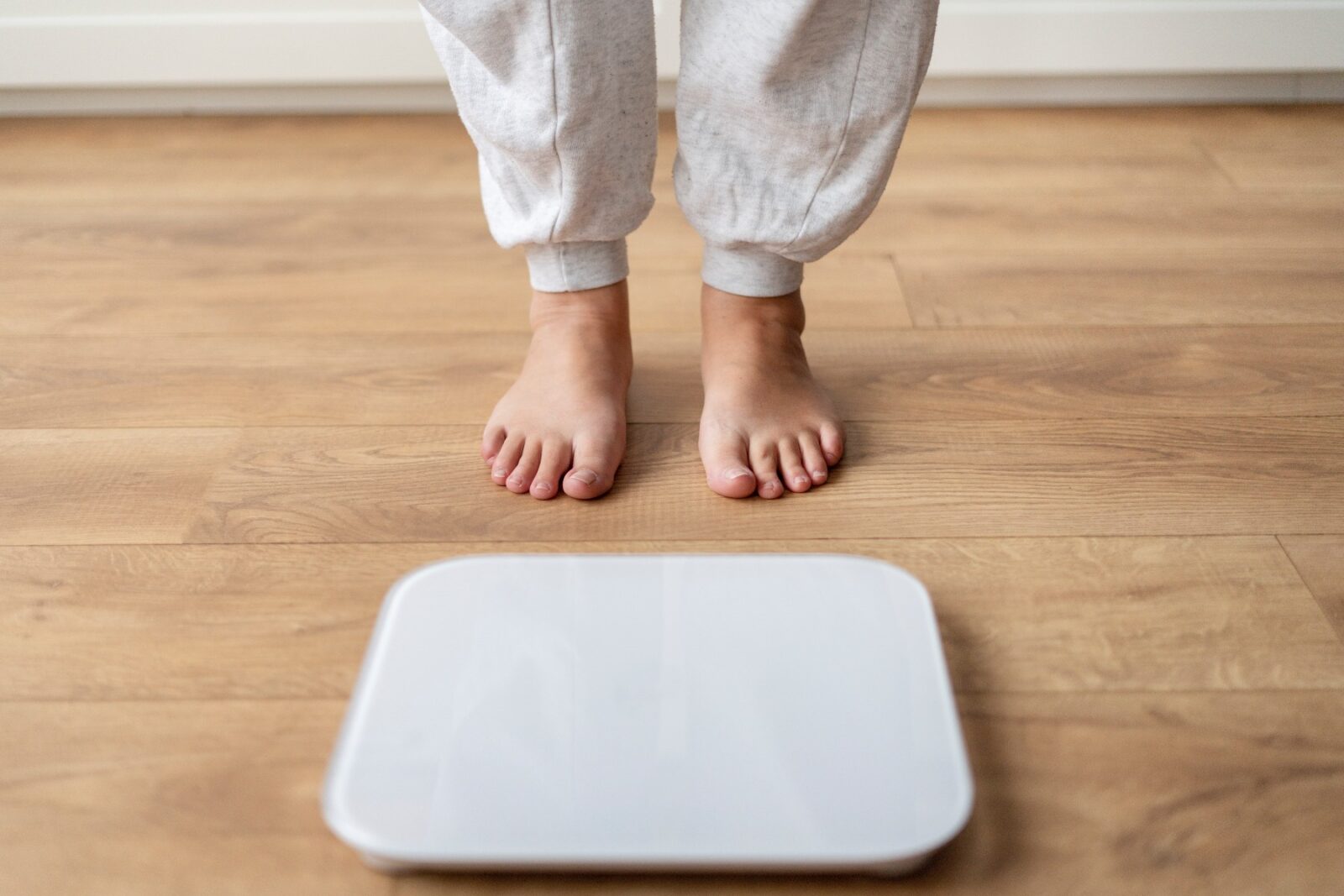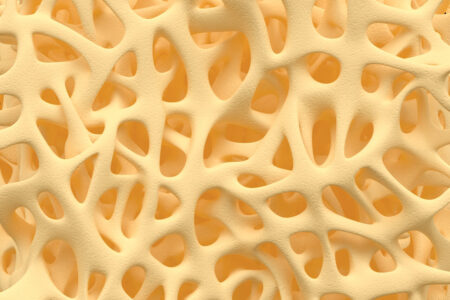Healthy eating today
Healthy diet means a varied and balanced diet so that the body gets all the necessary nutrients and, as a result, we are healthy and feel good.
Health behavior statistics
Recommendations for a healthy diet
Healthy eating recipes and books
How to create a healthy diet menu?
Healthy eating at work and in the office
How does a healthy diet for children differ from that of adults?
Health behavior statistics
 In Estonia, regular adult population health behavior survey, the results of the most recent study of which were published in 2022The results of this study in the area of nutrition, weight and exercise show that:
In Estonia, regular adult population health behavior survey, the results of the most recent study of which were published in 2022The results of this study in the area of nutrition, weight and exercise show that:
- Fruit and vegetable consumption is still below the recommended level;
- Over the past 20 years, the body mass index (BMI) of the Estonian working-age population has consistently increased;
- There were 47.2% respondents with very little physical effort in their daily work (44.1% in 2020).
Nutrition and health-related studies are also conducted among children. Estonian School Children Health Behavior Survey (HBSC) is part of an international study and also addresses the topic of nutrition, exercise and weight. Students in grades 5, 7 and 9 are surveyed, i.e. mostly 11, 13 and 15 years old. Based on the results of this study in 2021/2022:
- 151% of girls and 251% of boys are overweight or obese. The number of overweight young people has increased among both girls and boys, but the biggest change is among boys.
- A third of students eat vegetables every day.
- According to WHO recommendations, young people should engage in moderate to vigorous physical activity for at least 60 minutes every day. 161% of young people exercise in accordance with this recommendation.
Estonian Student Growth Survey (COSI) is an initiative of the WHO Regional Office for Europe and is conducted among 6-9 year olds. The results of this survey in 2018/2019 revealed:
- The proportion of overweight students increases with age.
- According to WHO growth standards, 21% of all subjects were underweight, 68% were normal weight, 18% were overweight, and 11% were obese.
- Only one in five students ate vegetables (including legumes) every day, and two-fifths of students ate fruit (including berries and juice).
- Over 70% students ate fish less than once a week.
- Only one in six students ate whole grain products every day, and nuts and seeds were also consumed too little.
- Students consumed energy-rich products (sweets, pies, salty snacks, and sweet drinks) excessively often.
Therefore, it is important to raise awareness about how to eat healthily, and special attention should be paid to providing healthy food to children and supporting their eating habits in a positive direction.
Key recommendations for a healthy diet
The relationship and impact of nutrition and health are well known to us, which is why healthy eating is often an interesting and important topic of discussion. You can find many different recommendations for healthy eating on the Internet, but it should be remembered that in many cases they do not correspond to Estonian national dietary recommendationsThe website of the National Institute for Health Development has many nutrition myths debunkedWe have also discussed several common dietary recommendations on our blog. For example, we have covered paleo diet and LCHF diet possible risks.
Principles of healthy eating:
- Consider your individual nutritional needs.
The energy needs of people depend on age, gender, physical activity, health status and other factors. The approximate energy needs can be calculated with energy recommendation calculatorThe right amount of food energy helps ensure good health.
- For a balanced and varied diet, follow The National Institute for Health Development's food pyramid. You can eat anything, but in the right amounts and frequency. By consuming the main food groups (cereal products, potatoes; fruits and vegetables, berries, legumes, mushrooms; milk and dairy products; fish, poultry, eggs, meat; added dietary fats, nuts, seeds, oilseeds) in the recommended amounts, we can be sure that we get a sufficient amount of minerals, vitamins and fiber from food. If you want to analyze the compliance of your diet with the Estonian national dietary recommendations, you can use NutriData nutrition program.
- In addition to a healthy diet, it is very important to pay attention to your exercise habits, because nutrition, exercise, and health are closely related. Movement pyramid According to the study, the main recommendations are to reduce sedentary activities, be as mobile as possible, and find enough time for aerobic activities and stretching, balance, and strength exercises. It is also WHO has compiled exercise recommendations for different target groups.
- Drink enough water. The water requirement for an adult is 28–35 ml per kilogram of body weight.
- Choose local and seasonal ingredients whenever possible and learn to enjoy cooking healthy food. For example, try different healthy recipes, because healthy food can be delicious and nutritious.
By eating a conscious and varied diet, the body should receive all the necessary nutrients. A lack of nutrients can cause various discomforts and problems. For example, it should not be underestimated iron deficiency, magnesium deficiency, calcium deficiency, Vitamin C and Vitamin B12 impact on our body, but all macro- and micronutrients play an important role.
Healthy eating recipes and books
 Various books and recipe collections have been written about healthy eating. In addition, several publications have been compiled based on the Estonian national nutrition and exercise recommendations. The Estonian Institute for Health Development's nutritional guidelines for different target groups are based on Nordic dietary recommendations.
Various books and recipe collections have been written about healthy eating. In addition, several publications have been compiled based on the Estonian national nutrition and exercise recommendations. The Estonian Institute for Health Development's nutritional guidelines for different target groups are based on Nordic dietary recommendations.
This comprehensive book on healthy eating covers key food and exercise recommendations, introduces macro- and micronutrients and antioxidants, and also shares information on sleep and biorhythms, food safety, and sustainability.
The publication contains the main dietary recommendations taking into account the specific characteristics of the elderly's body, and also includes a weekly menu for healthy eating for the elderly with recipes.
It covers, among other things, the physiological, social, and psychological factors that influence eating, as well as eating disorders. It also provides a number of tips on how to eat healthier outside the home.
In addition to other topics related to healthy nutrition for children, various special nutrition-related situations are also described, such as food allergies, eating disorders, overweight and underweight, food and dental health. Attention is also paid to topics such as healthy food at home and in childcare, and food and physical activity.
The publication has been prepared in collaboration with the Estonian Midwives' Association. In addition to dietary and exercise recommendations, it provides advice on how to cope with food-related discomfort and medical conditions during pregnancy and breastfeeding.
Healthy food recipes can be found in both Estonian and foreign-language cookbooks, food blogs, and magazines. In addition, the website of the Estonian Institute for Health Development has various recipe books.
How to create a healthy diet menu?
There are people who prefer to eat according to a healthy diet plan. You can plan a healthy food menu on your own or with the help of a program. For example, the Institute for Health Development has created a free Nutridata nutrition program, where you can keep a food and exercise diary; analyze your daily diet in terms of vitamins and minerals; check whether your diet meets nutritional recommendations and try sample menus to support a balanced and varied diet.
Some general steps to create a healthy menu:
- Analyze what your energy needs are and whether you need to take certain special needs into account when eating.
- Plan your meals: breakfast, lunch, dinner, and 1-2 snacks. Try to eat regularly to keep your energy levels stable.
- Create a menu for the desired period and when choosing recipes, make sure you get enough nutrients from all the main food groups in the recommended amounts.
- Monitor how you feel and adjust your menu and recipes according to your needs.
Recommendations for healthy eating at work and in the office
Eating healthy at work or in the office can be a challenge, but it is often a healthier and more budget-friendly way to eat. Here are some suggestions on how to eat healthily at the office or elsewhere in the workplace:
- Make healthy meals at home, and for dinner, make double the amount so you can take it with you the next day.
- Prepare a variety of snacks (for example, in boxes) that you can take with you to work or eat later at home. This way, you can have a healthy snack right away and avoid unhealthy choices.
- Instead of candy and chocolate, choose nuts, seeds, fruits, berries, and high-quality dried fruits and berries with lower sugar content in your office/company car, and consume them in moderation. When choosing snacks, pay attention to the nutritional values.
- If you have to go out to eat, study the menu and make healthier choices (soups, salads, healthier side dishes, such as boiled potatoes/buckwheat/rice instead of fries, etc.).
- Drink enough water throughout the day. Keep a water bottle handy and take regular sips.
For healthy eating at work, it's important to find solutions that fit your work environment and personal preferences. Planning and making informed choices will help you keep your diet under control even during a busy workday.
How does a healthy diet for children differ from that of adults?
Paying attention to the topic of children's nutrition and health is important because children's eating habits are formed in childhood and can affect the development of diseases later in life. We have also written previously about healthy weight, overweight and underweight in children, and the use of body mass index in childrenThe National Institute for Health Development has also created a separate Food pyramid for children aged 7-10, which can be explored and completed with your child.
Some observations on how children's healthy eating differs from that of adults:
- Children (especially infants) have a much higher water requirement than adults. While an adult's water requirement is 28–35 ml per kilogram of body weight, for children aged 4–6 it is around 75–100 ml per kg of body weight.
- Children are often more sensitive to sugar and additives (preservatives, pesticides, etc.), so it is worth avoiding them if possible or consuming them consciously.
- Prefer low-salt foods and local or organic foods whenever possible.
- Pay attention to the values and psychological factors associated with food. Avoid punishing and rewarding with food and allow choices between several healthy foods.
Making healthy eating fun for children can be a great way to help them develop healthy habits. Here are some examples of how you can help children learn to make food choices in a playful way and thus develop a positive relationship with healthy food.
- Involve children in the weekly menu planning and food preparation process, if possible. Children can choose and prepare healthy ingredients and participate in simple cooking steps. This will help them develop a positive relationship with food and make them more curious about new tastes.
- Serve food in a playful and fun way, for example, offer food in interesting shapes, make animal faces or other fun pictures from vegetable and fruit slices, think of fun names for the food together, etc.
- Use worksheets related to healthy eating. You can also find free worksheets online that you can download and print, e.g. “Let's play shop” and food activity book.
- Organize a “Try Something New” challenge where kids can try new fruits, vegetables, or other healthy foods. This can be a fun way to discover new flavors.
- If possible, grow a variety of plants with your child on a windowsill, in a garden plot, or in a greenhouse. Children can play gardeners and grow their own “healthy garden.” They can choose different plants, learn how to grow them, and finally enjoy the harvest.
From the information portal tarkvanem.ee, created for parents You can find nutritional recommendations by age group. A portal has been created for children and young people Fiidi Bear, where examples of meal choices are shared in a simple and playful way, you can test your knowledge of myths and nutritional recommendations during the game, and watch videos on the topic.

Vallo Põldaru
TrainerVallo is a marketer by profession, a specialist in human internet behavior, and a trainer whose favorite topics are marketing psychology, spiritual care, and sustainable mental health in today's society.
Body mass index (BMI) in children





